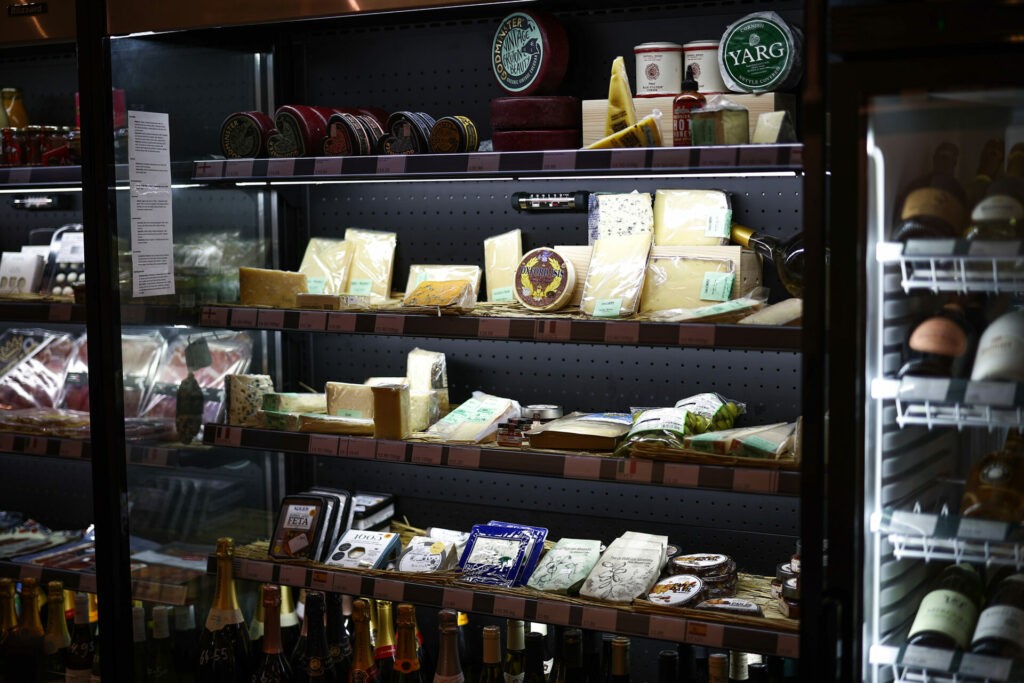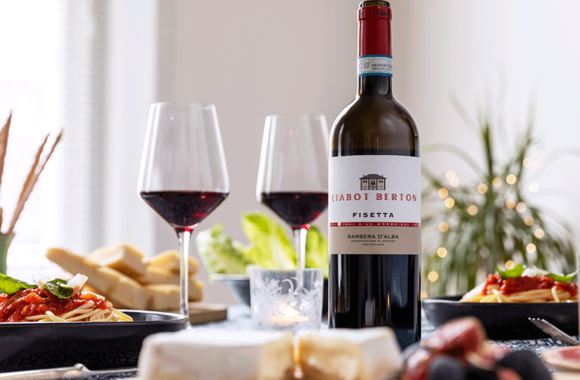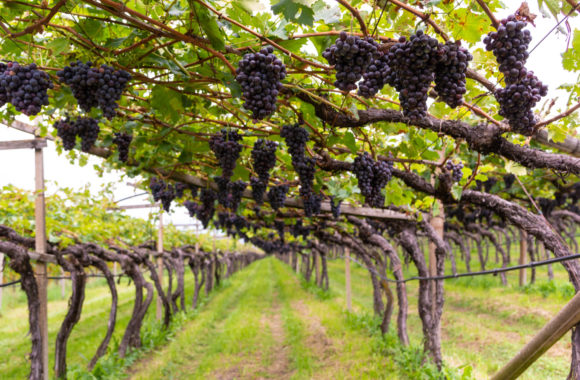
Why sweet wines are the perfect partners for cheese
· Jeroboams Jeroboams on
When it comes to pairing cheese and wines, there remains a common perception – some would say misconception – that the ideal partner for your comté or stilton is a good, hearty red. It’s entirely possible that the notion arose out of parsimony – why not finish whatever wine is left over after the main course with the cheese course (assuming, of course, that you’re of the French school that takes cheese before dessert)? Either way, vin rouge is, alas, often the third best vinous match for most cheeses…
The British way, of course, has traditionally been for cheese to act as a sort of post-prandial denouement after dessert – something which tends to stretch the party out for longer, but also arguably makes more sense from a wine perspective (it’s also said that blue cheese aids digestion, though such analysis is outside of our area of expertise). It’s certainly an approach that allows bottles of sweet dessert wines – traditionally slower to drain – to be carried over with the cheese, a role in which many would argue they come into their own.
There’s an equally long British tradition of opening a bottle of vintage or LBV Port to accompany the Christmas Stilton. And with good reason. The combination of sweet, ripe fruitiness and salty, slightly funky blue cheese is so good, in truth, that it deserves a year-round airing. A Roquefort works just as well as a Stilton, while that same Port will happily take on hard cheeses, too – the bite of mature Cheddar is brought to heel by the Port’s rich fruit.
Tawny Ports, lush Oloroso sherries and Tuscan Vin Santos will perform equally well with all these and more. The mellow flavours of dried fruits and nuts, derived from long oxidative ageing, that are so typical in these wines create a magical counterpoint to the salty flavours of all kinds of blue cheese, from the classic Stilton to the more subtle character of a gentler Gorgonzola Dolce.
In truth you can give such wines a spin with all kinds of hard cheese, especially those whose long maturation conjures up caramelised flavours or nutty notes. Oxidised sweet wines can tame the umami tang of an aged Parmesan or Manchego, but will rub along equally happily with the milder fruitiness of a Gruyere or a Beaufort.
If you’re after something with a bit less of an alcoholic kick, unfortified sweet wines sit comfortably alongside many fromages. Going back to those blues, the heady botrytised sweet wines of Bordeaux – think Sauternes and Barsac – as well as the noble Tokajis of Hungary perform the same trick of balancing the savoury cheese with the richness of their fruit. But push these wines further, and partner them with the sometimes challenging flavours of washed rind cheeses, from the penetrating Epoisseses and Vacherins to the somewhat gentler Munsters and Reblochons.
The lactic kick of goats’ cheeses – perfect from spring onwards – requires a different approach. All the wines mentioned so far have too strong a personality for tangy but delicate, seasonal goats’ cheeses like Sainte Maure and Selles-sur-Cher. Look instead for the bright acidity and zesty flavours of a sweet Riesling, preferably one without too much botrytis influence – a Kabinett would be perfect. This harmonious pairing should leave your palate feeling refreshed and ready for more. Perfect for segueing seamlessly into dessert – if you haven’t had it already, that is…







